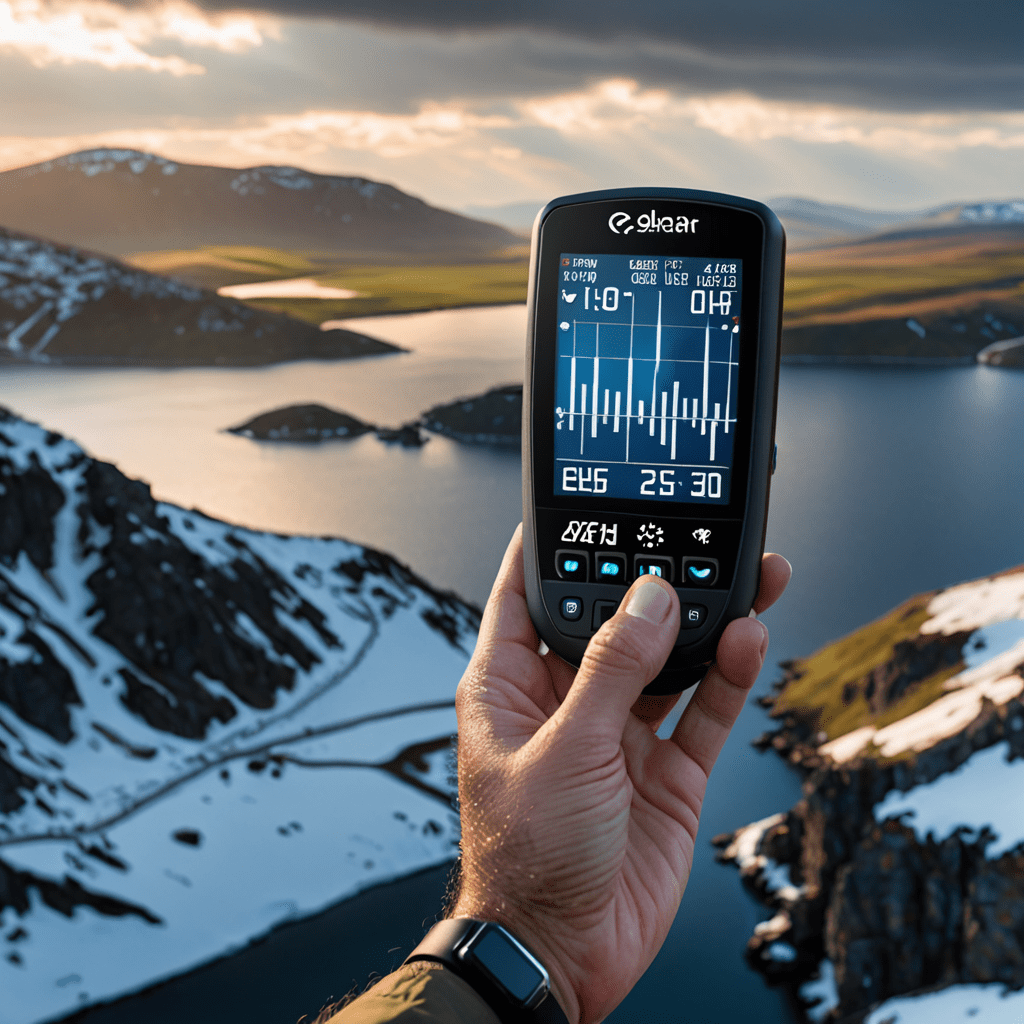
How Wearable Tech is Shaping the Future of Sports
Wearable technology is revolutionizing the sports industry, offering athletes and coaches unprecedented insights into performance, health, and training. From smart clothing to sensor-equipped gear, the future of sports is being shaped by the innovative capabilities of wearable tech.
The Impact of Wearable Tech on Athletic Performance
Wearable devices are enabling athletes to track and analyze various performance metrics such as heart rate, speed, acceleration, and even body positioning. This data provides invaluable insights for optimizing training regimens, preventing injuries, and maximizing athletic potential. With real-time feedback, athletes can make immediate adjustments, leading to enhanced performance on the field or in competition.
Enhancing Fan Engagement and Viewer Experience
Wearable technology is not only benefitting athletes but also transforming the way fans engage with sports. From immersive virtual reality experiences to personalized data overlays during broadcasts, wearable tech is creating new and exciting ways for fans to interact with their favorite sports and teams. This fosters a deeper connection between athletes and fans, enhancing the overall viewer experience.
Improved Injury Prevention and Rehabilitation
Wearable devices are playing a significant role in injury prevention and rehabilitation. Advanced sensors can detect movement patterns and biomechanical stress, helping identify potential injury risks. Moreover, wearable tech aids in post-injury rehabilitation by providing precise monitoring of progress and offering data-driven insights for a safe and effective return to play.
The Role of Data Analytics and Performance Optimization
Wearable tech generates an abundance of real-time performance data, which can be leveraged for in-depth analysis and optimization. Coaches and sports scientists utilize this data to tailor training programs, identify strengths and weaknesses, and strategize game plans. By harnessing the power of data analytics, wearable tech is driving a new era of precision and efficiency in sports.
Challenges and Ethical Considerations
Despite its immense potential, wearable tech in sports also presents challenges. Data privacy, athlete consent, and fair competition are crucial ethical considerations that need to be addressed. Additionally, the reliability and accuracy of the metrics captured by wearable devices require continuous scrutiny to ensure the integrity of sports performance and fair play.
The Future Landscape of Sports and Wearable Technology
As wearable technology continues to evolve, its impact on the future of sports will be transformative. From customized training regimens to interactive fan experiences, the fusion of sports and wearable tech is set to redefine the boundaries of athletic performance, fan engagement, and sports entertainment.
How Wearable Tech is Shaping the Future of Sports
What is wearable tech in sports?
Wearable tech in sports refers to electronic devices or sensors integrated into clothing or accessories worn by athletes to track performance, monitor health, and provide real-time data during training and competitions.
How is wearable tech revolutionizing sports?
Wearable tech is revolutionizing sports by providing athletes, coaches, and sports scientists with valuable insights into performance metrics such as speed, distance covered, heart rate, and biomechanics. This data helps in optimizing training, preventing injuries, and enhancing overall performance.
What are the benefits of using wearable tech in sports?
The benefits of using wearable tech in sports include personalized training programs, injury prevention, enhanced recovery, improved decision-making during games, and the ability to analyze and refine techniques for better performance.
What are some examples of wearable tech used in sports?
Examples of wearable tech in sports include smartwatches, fitness trackers, GPS devices, biometric sensors, smart clothing, and virtual reality (VR) training systems. These devices are designed to gather and analyze data to improve athletic performance.
How is wearable tech influencing the future of sports?
Wearable tech is influencing the future of sports by shaping the way athletes train, compete, and recover. It is also driving advancements in sports science, sports medicine,


